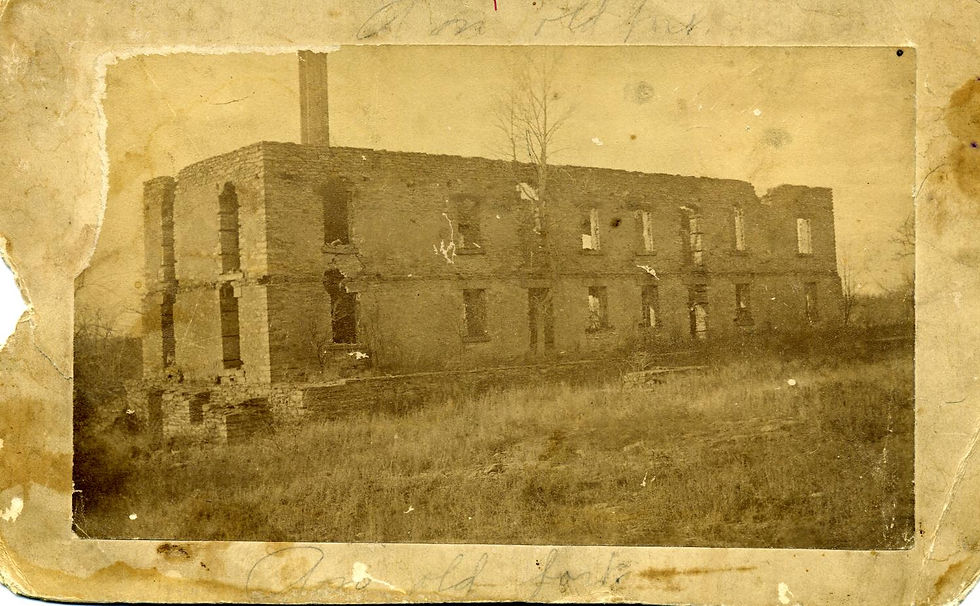Fort Washita
- Robin Cole-Jett

- Sep 17, 2023
- 2 min read
Updated: Sep 11

Fort Washita is today an historic site managed by the Chickasaw Nation and listed on the National Register. Sitting on a hill above the Washita River, along the old Texas Road, the Fort is a scenic and is very location-specific. The entire grounds are a perfect example of Cross Timbers geography, with post oaks at the top of the hill's prairie and cottonwoods, elms, and bois d'arcs in the riparian land. This place has a lot of history on display, too.
Established in 1842, Fort Washita's main purpose was to protect Chickasaw and Choctaw settlers from the Plains Indians and Anglo "land smugglers" —men attempting to preempt Chickasaw and Choctaw lands. Being the furthest fort in the Southwest, Fort Washita anchored growing Indian communities as well as served as a staging area for the Mexican-American War of 1846-1848. Though the fort generally had a population of about 150 soldiers, during the height of that war over 2,000 troops called it a temporary home.
Post-war, the fort became the seat of the Chickasaw and Choctaw agencies. As 1861 rolled around, however, the Union army abandoned its post after the Choctaw and Chickasaw nations seceded, and Confederate forces soon took over. Well, we all know what happened to the Confederates. Fort Washita did not see any major battles as it was a solidly built place, though there may have been attempts by the Union army (a cannon ball was found in a field near the fort by amateur archaeologists). Nonetheless, by 1865 the fort was abandoned.
As the frontier moved further west, settlers dismantled many of the stone structures. The Chickasaw leader Charles Colbert bought the fort and lands surrounding it, and his extended family lived in many of the buildings. Their house — the former West Barrack — burned in 1917, but the family remained (and many members are buried on the grounds). In 1962, the Colberts deeded the property to the Oklahoma Historical Society, and in 2016 the Chickasaw Nation partnered with OHS to continue to preserve it.
Driving out to Fort Washita, you'll see cross timbered prairies and semi-ghost towns, relics of Fort Washita's hey-days. The drive is truly tonic for the soul. Fort Washita has a wonderful interpretive staff and a small museum and store. So drive on out and witness Oklahoma history first hand!












Comments